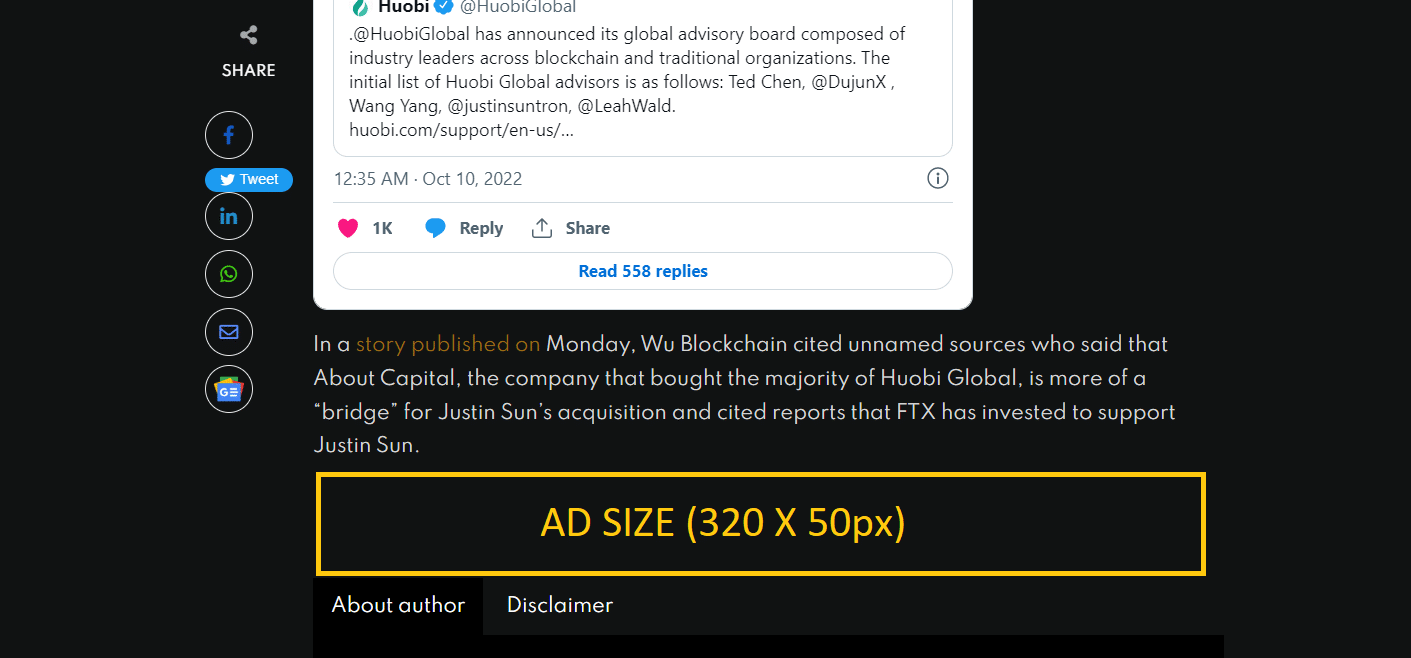The securities regulator’s crypto accounting standards have drawn criticism from two US legislators who claim they put clients at higher risk of financial loss. The United States Securities and Exchange Commission (SEC) issued the regulations, which went into force in April of last year.
According to the rules, financial institutions that handle cryptocurrency for their clients must classify all digital assets as liabilities. A protecting asset should support digital assets, according to the statement.
The recommendations, according to Senator Cynthia Lummis and Congressman Patrick McHenry, would “likely” deter regulated firms from participating in digital asset custody, the reverse of what the regulator should be doing, they claim. Their argument was made on March 2.
The lawmakers claimed in a letter to high-ranking members of the Federal Reserve System, Office of the Comptroller of the Currency, Federal Deposit Insurance Corporation (FDIC), and National Credit Union Administration that Staff Accounting Bulletin (SAB) 121 had unintended consequences even though its purpose was to provide clarity on how to account for digital assets. They claimed: “SAB 121 places customer assets at greater risk of loss if a custodian becomes insolent
SAB 121, according to the legislators, would “deny millions of Americans access to safe and secure custody arrangements for digital assets,” they claim. The MPs said that “a more sophisticated hierarchy for this asset class which includes the benefits and hazards of digital assets with varied functionalities is essential” in contrast to the “breadth of the ‘digital asset’ description in SAB 121.”
Lummis and other lawmakers have already made a scene about the SEC accounting report. Last year, five Republican Senators, including Lummis, issued a letter to the SEC on Jun. 16, stating their worry that the bulletin amounted to “regulation disguised as staff advise” and did not comply to the Administrative Process Act.
Similar worries were voiced by SEC commissioner Hester Peirce on March 31, shortly after the bulletin was published. She noted that she had issues with “the change’s being made” rather than the accounting determination itself, calling it “yet another manifestation of the Securities and Exchange Commission’s scattershot and inefficient approach to crypto.”














